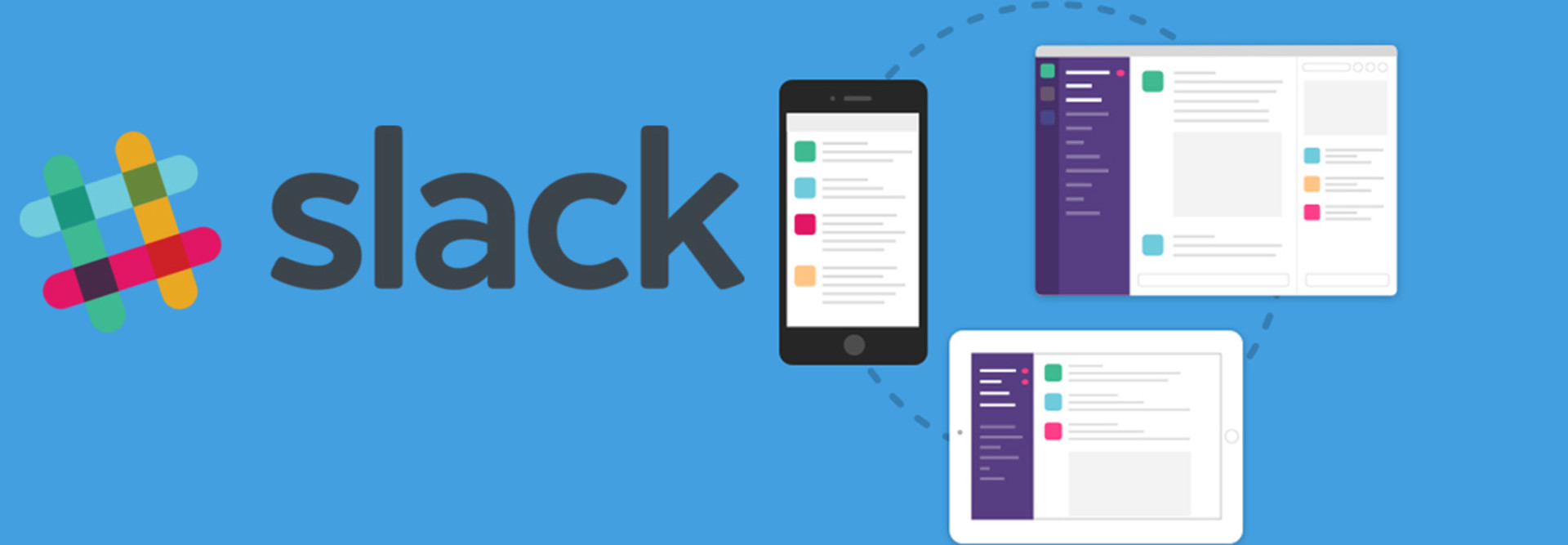4 Ways Slack for Education is Changing College Communication
Slack, a team chat app, is making headway in the productivity world by bringing the functions of services such as Messenger, Twitter and Dropbox under the same roof.
Instead of sending emails to swap files or update coworkers on a project’s status, some companies are using Slack. With two years under its belt, the startup now boasts 1.1 million users, according to Forbes.
Those in higher education haven’t missed the impact Slack has made in the business world. Some are even considering the potential of Slack for education.
This month, EDUCAUSE highlighted how Emerson College incorporated Slack to help streamline its IT team's communications and boost collaboration.
"Ultimately, Slack might help the varied Emerson departments collaborate and work together as 'one college.'" says Francis Frain, director of networking and telecommunications at Emerson College. "It unifies us as a single department, removes barriers for communication, focuses and accelerates discussion, and — through exposure to different kinds of conversations and problems — plays a role in cross-training."
Chat services have been around as long as the web itself — some services, like Internet Relay Chat (IRC), even predate what we know as the web. But as Frain describes, Slack for education brings to the table a variety of tools that help teams collaborate better.
Among the discoveries Frain and his staff made by switching to Slack for education are these four lessons:
1. When it comes to access, users gravitate to the path of least resistance.
The ubiquity of Slack across major mobile platforms and its web client was a huge deciding factor, Frain says. The college's IRC solution was limited by its complex nature, and because people used it infrequently. Instead, they turned to other, less efficient and group-oriented solutions, such as email lists.
"This approach was used so infrequently that IT always had to go around to install the chat client and configure it for participants’ systems," Frain says. “But because such a high percentage of the staff had opted out, we instead relied on e-mail distribution lists, which needed to be maintained and updated per emergency.”
Anyone on the team can access Slack, and that ease of use ended up driving the team’s engagement ‘with tasks.
2. Mobility simplifies communication, opening new avenues for work.
Managing complex tasks is no longer an exclusively sit-down experience in an office environment. Mobility is changing how people work, and Frain has noted one of these changes happening on his own team.
"We used to collect everyone’s emergency contacts and cell numbers, but Slack has become our primary and emergency mode of communication,” Frain says. “It has replaced texting in the department and made working from home similar to being in the office."
3. Some talks should stay private.
Slack allows teams to compartmentalize discussions, from casual conversations to more serious talks.
For example, Emerson’s IT team keeps one of its rooms private, but it’s not used to hide the dark secrets of higher ed networks from prying public eyes; it’s to shield the average user from the off-topic, nonwork-related chats.
“Of course, Slack could just act as a work distraction here, but we’ve found that it simply bridges communication gaps between IT personnel in different buildings and departments, helping staff get to know one another,” Frain says.
4. Segmented chats help keep discussions on task.
There are team chats for a variety of tasks the department is responsible for; the chats help users drill down into their duties.
“Anyone from any sub-department in IT is welcome to join any of the department channels if they’re interested, or they can focus on the department/project channels most relevant to them,” Frain says.
Because the team is using the free version of Slack, they’re limited to 10,000 archived messages at a time. But this has become a strength of the team, keeping conversations active and fresh.
“Slack is meant to augment e-mail and ticketing,” Frain says, “not replace them, so using it as a permanent record would go against its nature as a collaboration tool.”









